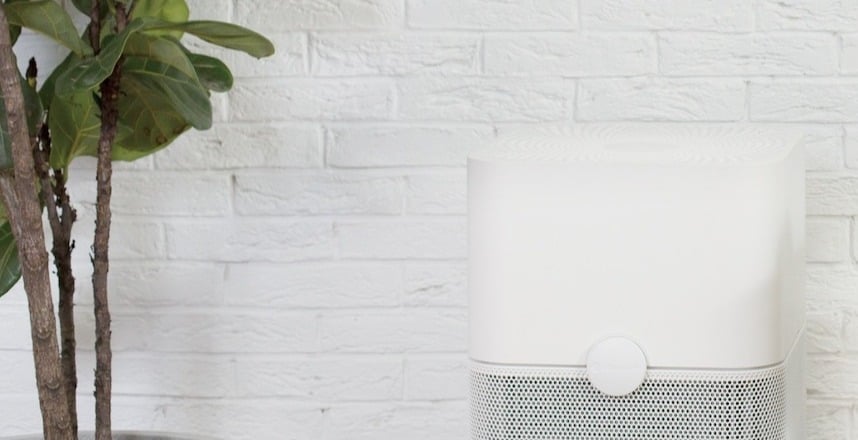Newsletter
We know that outdoor and indoor pollution affects our health. Poor air quality affects our sleep, focus, allergies, and overall well-being. While indoor air pollution may not seem as destructive as the pollution we face outside, it’s still a major factor. In fact, studies show that we spend up to 90% of our day indoors. That means that we’re exposed to indoor air pollutants a lot more than we may realize.
Examples of irritants and harmful toxins include:
- Pet Dander
- Pollen
- Dust
- Mold
- Secondary smoke
- Heavy traffic/industry pollutants
- Household chemicals
Unfortunately, some groups are at a higher risk of suffering from indoor pollutants. These include:
- Those with respiratory illnesses
- Infants, toddlers, and young children
- Pregnant women
- The elderly
Many home hacks and best practices will greatly reduce airborne allergens and irritants in your home. However, if you or a loved one are more affected by pollutants, it is worth considering technology products that can help double down your efforts to achieve the cleanest air possible. If you’re really serious about protecting your home from pollution, consider using tools that complement humidifiers and air purifiers. Below we’ve outlined a number of tech gadgets that will help you in your fight to find indoor air quality solutions.
The Ultimate Pollution-Fighting Duo: Air Quality Monitor + Air Purifier
If there were a pollution-fighting duo, it would be an air quality monitor and purifier. An air quality monitor is a device that tracks pollution, while the purifier removes pollutants from the air. Essentially, the monitor will measure the efficiency of the purifier. For the most toxin-free air, using these two devices together will help you on a daily basis.
Air purifiers: the “pollution fighter”
Air purifiers come in all shapes and sizes, but they all have one thing in common: they remove invisible pollutants from the air. They purify the air of particulate matter, bacteria and viruses, harmful chemicals, and even, odors.
There are a range of “pollution fighting” technologies on the market. Some of these include:
- HEPA technology – a fiber-like material that captures 99.97% of airborne particles less than 0.3 microns
- Activated carbon technology – processed carbon that captures chemical compounds and odors such as VOCs
- UV technology – UV rays that kill bacteria and viruses
- Negative ion – chemical injections that remove airborne particles
Air quality monitor: the “pollution finder”
Is the air too dry? Is my floor cleaner making the air worse? Is my purifier working? When should I open the window?
When optimizing your air quality, you can’t apply a solution when you don’t know the source or extent of the problem. Just like purifiers, there are many types of air quality monitors to choose from. Depending on your needs, there are sensors that can track:
- Particulate matter (fine particles, dust, dander, pollen)
- Carbon monoxide
- Carbon dioxide
- Chemicals
- Temperature and humidity
Why you should consider an air quality monitor:
- Track invisible, odorless pollutants
- Identify sources of pollution
- Measure the level of pollution
- Find home patterns that affect your air quality
- Determine if purification solution is effective
- Maintain home comfort
Take Control of Indoor Air Quality
Using an air purifier in combination with an air quality monitor will ensure that you and your family are breathing clean, fresh air. You’ll be able to monitor the air quality and adjust your air purifier as needed. These tech gadgets will protect you against pollutants and enable you to take control of the air quality in your home.






.png?width=200&height=148&name=Menu%20C%20(2).png)

.png?width=307&height=228&name=Menu%20-%20D%20(1).png)
.png)




